In a formally unified Europe there still exists an invisible curtain separating two kinds of nihilism defined by two kinds of futile struggles – one of material deprivation in the east based on survival, and one of abundance in the west based on recognition. As I am coming from another post-communist country (The Czech Republic) I partly know how schematic such a thesis is. But it’s also hard not to notice some kind of resentment in the former east, which is easily mingled with anticolonial attitudes towards the west. As if the post-communist subject is split – on one side it shares the same European identity and longs to be appreciated as equal – and on the other side distances itself from the western gaze in whose eyes it feels hopelessly inferior and thus hates and banishes the object of its desire. There also lies the threat of “new mimesis” art in post-communist countries – not as a return to pre-modern art forms but simply as mimicking the western “artlife” embracing its coolness and tendencies.
This unhappy European marriage is currently (at least partly) resolved by the interests of financial capital, which is the only truly unifying force behind European integration. One such example is embodied in the second edition of Art Encounters Biennale in Timisoara, to which I was invited as one of those “western spies”. And here begins my self-critique as a part of a group of journalists from various countries: be it from Germany, Great Britain, Netherlands or Austria, our purpose was to delve deep into the Biennale and bring back to our countries the joyful messages of tremendous treasures we have found in the east: this yet vastly undocumented territory hopefully full of surprises for the global stock market of artworks. Here on the western edge of Romania, capital interests and artworks merge in an alliance that attempts to present to the European gaze some ot those fruits from local gardens in hope that its financial evaluation will grow higher and higher together with development of the whole city on the way to its title as European Capital of Culture in 2021.
The head of the whole operation – well-known Ovidiu Șandor – was more visible to us than the curators themselves and in some sense rightly so. Or to be more concrete: ordinarily it is very rare to meet the real ‚person of profit‘ who stands behind the project, but Ovidiu acted not as a shadowy man; rather, he was the friendly landlord and we were his precious guests to be taken care of. I just can say to myself: “The local real estates businessman and art collector organizing biennale about Romanian art? I mean, what could go wrong?” He really didn’t try to hide, which makes my job a little bit easier, but what must be said is that in such a position one can only choose to be one of two types of idiots: useful idiot or social idiot.
The useful one just fulfills his destiny and purpose without ever knowing anything about what happened to him. In such a case I could have written a long article praising the curatorial work and particular artists with their pieces, together with the mentioning of various honorable merits of the main organizer doing good for the local art scene. But I chose to be an social idiot – what does it mean? In the history of modern literature, there are at least two such characters: Prince Myshkin from Dostoevsky‘s novel The Idiot and Švejk, created by Czech writer Jaroslav Hašek. Both represent somehow stupidly innocent figures that allow us to see the world around them in a different light. To put it in simple worlds: we know that notorious saying, „You must be an idiot not to see that!“ But Švejk and Myshkin represent the directly opposite function of idiocy: „In order to see that, you need to be an idiot!“ Meaning that to penetrate the invisible and implicit rules of particular social relations, one must be an outsider without any understanding of those rules: neither on the conceptual, nor on the instinctual level.
So here starts the embarrassing part. The critic always represents the embarrassing moment, interrupting the well-orchestrated party, after which a strange silence appears from nowhere. It‘s an intervention right into the middle of the theatre play, pointing behind the masks and to the backstage, trying to find any sign of strings attached to the puppets on stage. Such “hermeneutics of suspicion” (to paraphrase Paul Ricoeur) presents a skeptical position through which we can disentangle ourselves from our immediate surroundings by posing a simple question: what if the phenomena around us are not what they appear to be? Or, to say the least: what if we need to dig deeper in order to understand them?
Such a stance is an implicit quasi-conspirative affirmation of hidden relations and interests organizing what and how we perceive and for which purpose, if there is any. Such critique therefore resigns on politeness: as such it needs to go a little bit further than it is ordinarily polite. It needs to corrupt a corruption in a dialectical sense: first there is naivety as a trivial affirmation, which is afterwards necessarily negated by corruption and then it is – through the logical figure of double negation – sublated through corruption of corruption. This “double corruption” is precisely what “critique” means. In classical logic, the double negation becomes again the original affirmation, but not so in dialectics, where things moves dynamically and are never the same. Once your naive innocence is corrupted and gone, there is now way back, only through.
Although it may sound too familiar and even trivial, there is a ground for some of the most crucial questions of ontology of the art(work), at least when we adopt an institutional theory of art. In this framework the art pieces and their evaluation are defined by the world of art itself. Artwork is that kind of artifact which lies in the artworld and vice versa. In such conditions the necessity of reflecting what the artworld is becomes imminent. And particularly: which laws govern and stratify such a world?
Maybe it’s precisely the sphere of art where it is most striking how capitalism works already on the ontological level – determining what particular entities (artists, curators, artworks, infrastructure) are in their essence and in their mutual relations with other entities and regions of our common world. Such essence (capital flows) of art is necessarily inconsistent with the appearances of the artworks themselves, which try to dig for beauty, appreciate the sublime or even subvert their own financialized essence. What an irony (or intention?) then, that the first edition of Art Encounters in 2015 rose under the curatorial banner of Appearence and Essence! What lies there is basically the largely corrupted art world capitalizing even the most sublime creative efforts and transforming them into commodities useful for speculative interests.
As such, Art Encounters tries to adopt the notorious institutional form of “biennale of contemporary art”, but from the program itself we can clearly see that Art Encounters oscillates between a biennale, an art show and an art festival – as it is explicitly written in the concept of the whole project. But most fundamentally it is an event where financial and cultural capital (in Bourdieu’s sense) meet and go hand in hand. It is largely an attempt to create an arena for artists competing for the attention of western taste – this historically accumulated cultural capital – which represents the mechanism of selection of those artists and artworks fit for the global market and collectors. In order to survive and/or to be recognized, the artworks need to be transformed into tradable commodities and the artists into standard market subjects allowing the financial transaction.
To put it simply: events as Art Encounters are places where the cultural capital is exchanged for financial capital. Which takes us back to the ontological question, posed earlier: what decides the intrinsic value of artworks and even artists themselves? By which laws is the artworld governed? Well, it’s nothing new: the market mechanism by its invisible hand. Be it in the west, or in the east, this mechanism is today universal. In fact, it’s the last universalism we have. In the post-communist situation this particularly means to integrate locally accumulated cultural capital to the global one, a procedure that then allows the possibility of its exchange for financial capital to happen.
To escape such universal invisible hand is largely impossible. Not only for artists or curators, but for institutions themselves. So one of the parts of ArtEncounters needed to be a guided tour about “independent art spaces”, be it well-known Tranzit (supported by ERSTE Foundation) or Simultan Festival which tries to think this year the “possible futures” – topic, which is truly hyped nowadays and possibly could even dominate the large debates to come. But maybe the funniest part of the „guided tour“ through Art Encounters were those performances made by various artists, whose function seems to be a lively intermission in the middle of the really stuffed program of the biennale – at least for the first few days. It’s hard to tell if the medium of performance could be grasped in depth and seriously within such circumstances. As if the seriousness is everywhere around where the money could possibly flow – be it young or emerging contemporary and promising artists or the old and notorious ones – with interruption and refreshment by performance solos of artists reduced almost to circus-like comedians, entertaining the intellectually exhausted public. Although Art Encounters is in many respects a truly magnanimous project in the context of Timișoara and Romania in general, such a shallow attempt at performance art rather hurts the medium of performance – be it at Art Encounters or anywhere else. But the magnanimous scope of this biennale has its implications also in a more general sense – at least the historical part of the artworks is provided without the context that is sometimes necessary to grasp what is (or was) going on. Such complexity of exhibitions seems rather like a rich box of chocolates, where every piece is just fit for the different judgment of first-hand taste. Art Encounters really does not consist of documentary in-depth exhibitions delving either into contemporary, or historical contexts. As such, the whole project seems flat – what it gets in width, it loses in depth and height.
On the other hand, Art Encounters is trying to open the artworld to the public – or maybe at least to new closely affiliated social bubbles. How successful it could be is hard to tell – such an attempts have been widely fashionable for some time now, with mixed results. The “popularization” of art and the efforts at making it accessible for “outsiders” have some specific difficulties, because we are talking about a discourse which is precisely based on distinction – and therefore predestined to be exclusive. The form of relationship between art and public is rooted not just in some marketing strategies of art institutions or noble elitism that can be cured. It is part of the ontology of art itself – the distinction is part of the creative process, the artwork and the evaluation. This could be at least one of the reasons why the attempts to open the artworld to other social strata are likely to fail. One of such bound-to-fail examples is the improvised series of “family programs”. On the other hand, we can at least dream about some particular usefulness of attempts trying to introduce to the wider public contemporary art through series of open lectures or workshops.
To be or not be in such an artworld? is then the crucial question for many “art people”. We can easily imagine the basic intentions of many (not only) Romanian artists and performers, trying to make a living by any means neccesary, because the world they live in too often looks like some kind of Darwinian struggle for survival (at least in some cases). And as such their decision to be present here is fully understandable and legitimate. Or to be precise: to question it from a moral standpoint (or the imperative of personal integrity) is maybe not the right perspective. The market mechanism is already embodied in the monadic figure of the struggling individual in competition with others for the valuable resources. To reproduce such practice outside the official market does not make a real difference. It throws us back to one perennial question: “What is the meaning of all this art stuff? What am I doing when I am creating, reflecting, perceiving or tasting art?” Nourishing the decadent high-class people with their highbrow culture? Maybe the early avant-gardes were right when they tried to integrate art with life – as if in the artist’s veins flow millions of real red cells, while in the veins of capitalist there is just a lifeless flow of millions of Lei.
Maybe we can try to put forward a different ethical end political proposition: “to be in the capitalized artworld but not allow this artworld to be in us.” This is – possibly – the power of the powerless in face of the new total system, global capitalism. To subjectively subtract ourselves from the ideological domination of monadic life in praise of new forms of collectivities and shared engaged ethos – precisely in the highly individualized and stratified artworld! In such places – and only such places – there is the possibility to do our own work and live at least partially free life with dignity. How deep the logic of the market system penetrates us partly depends on us. There is nowhere to escape this economic Leviathan, but maybe it can be cleverly used and thus navigated or penetrated through to nourish the non-capitalist world.
ArtEncounters was in Timișoara between 30 September – 5 November 2017.
POSTED BY
Martin Vrba
Martin Vrba (b. 1987) is a freelance writer and artist. Currently studying for an MA in Conceptual tendencies at Faculty of Fine Arts in Brno, developing sketches for affirmationist art, and a Ph.D. p...
artalk.cz/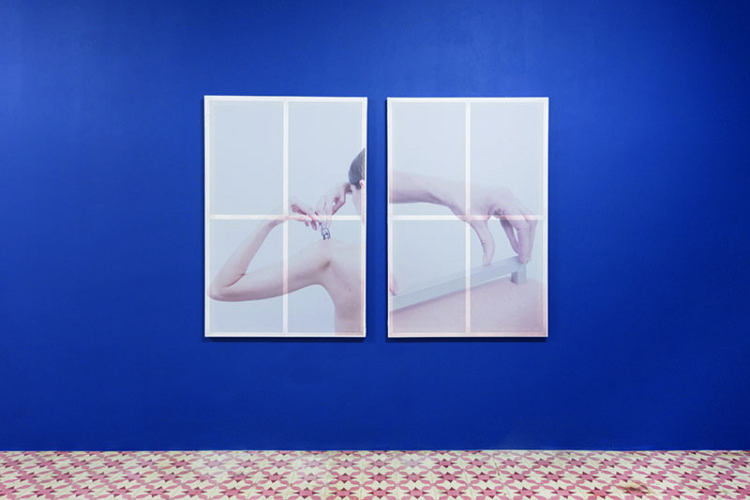
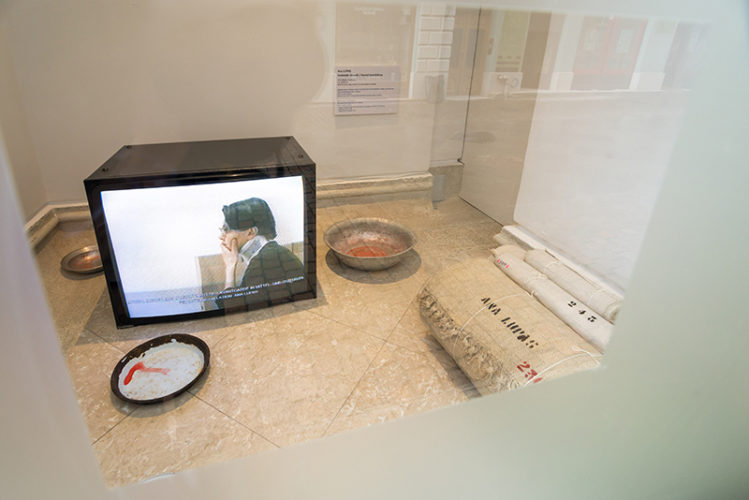
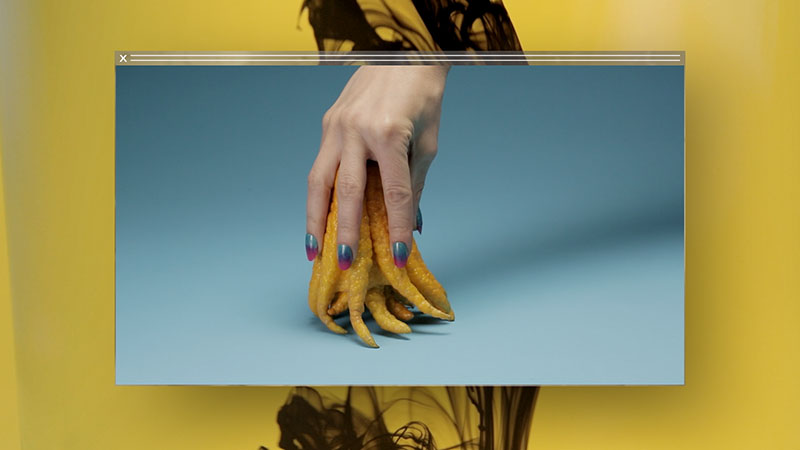
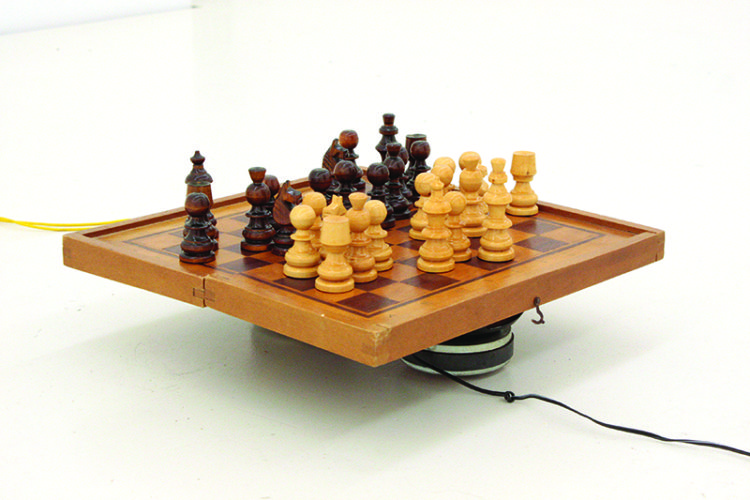
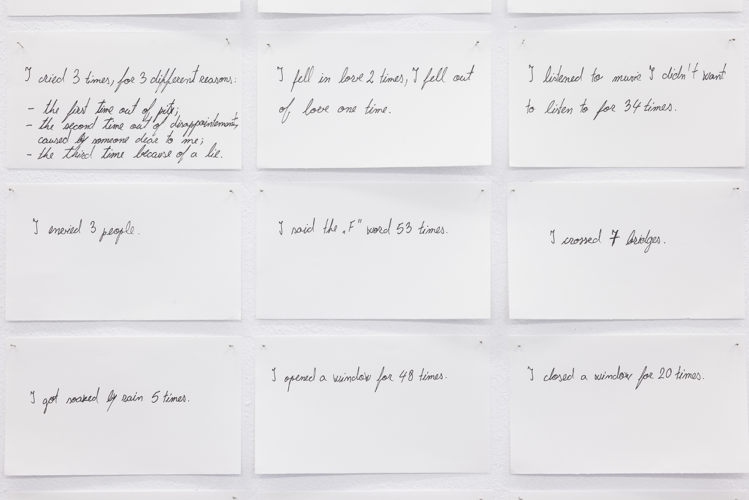
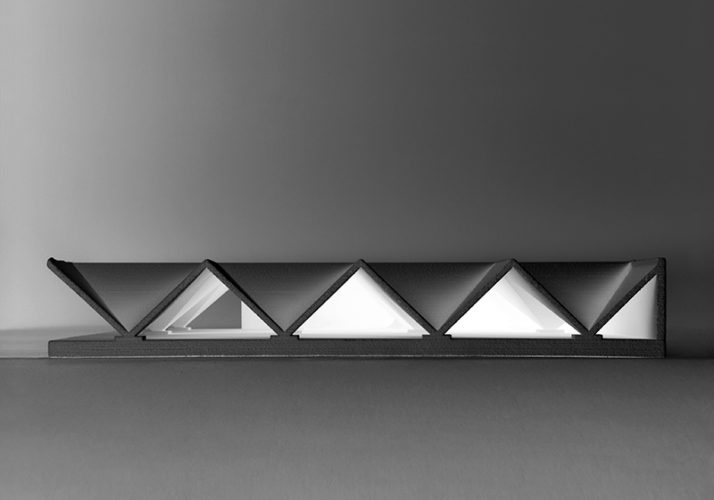
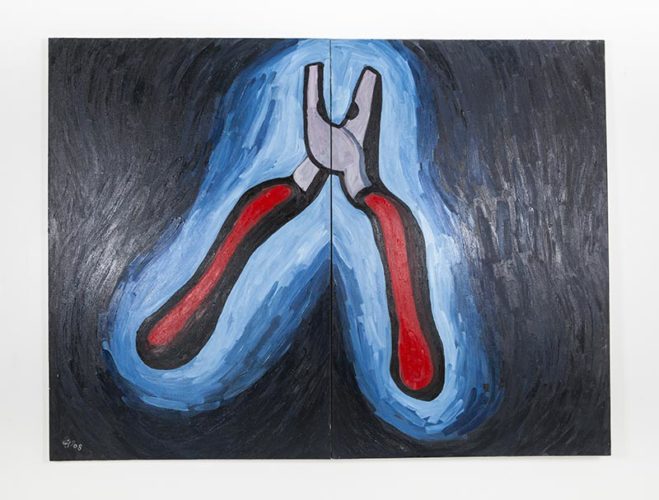
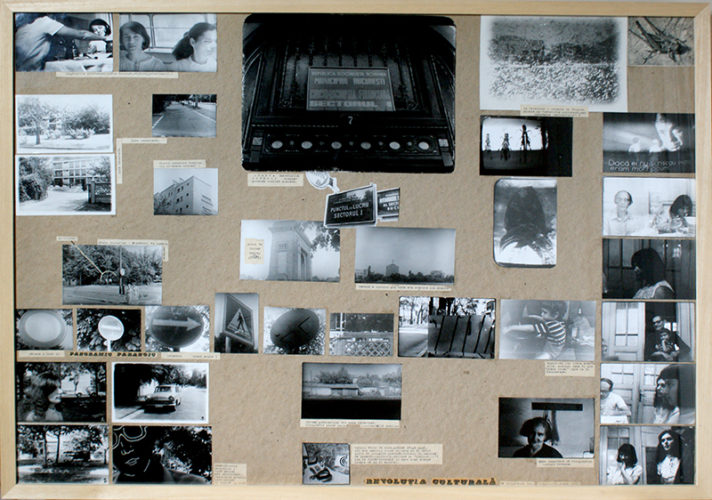
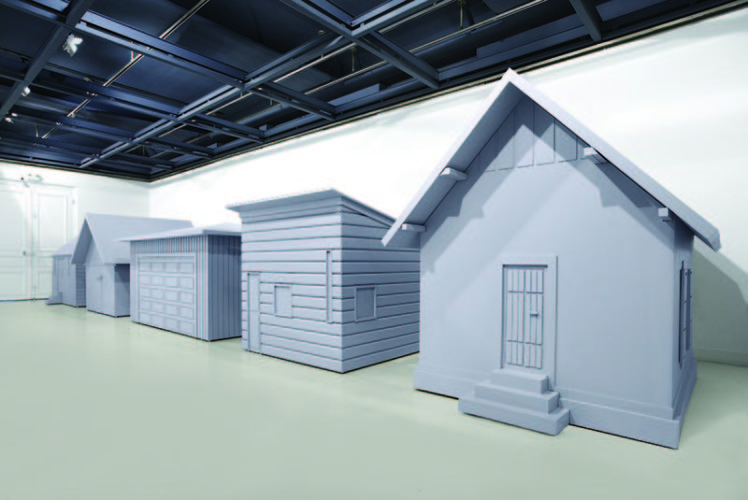
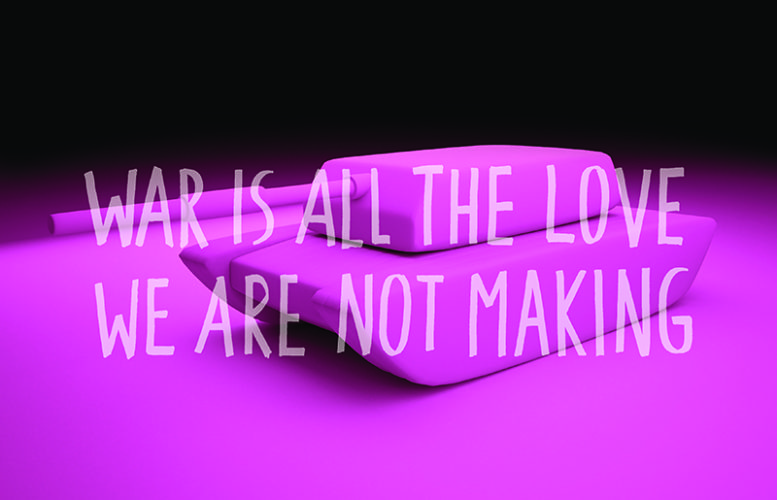
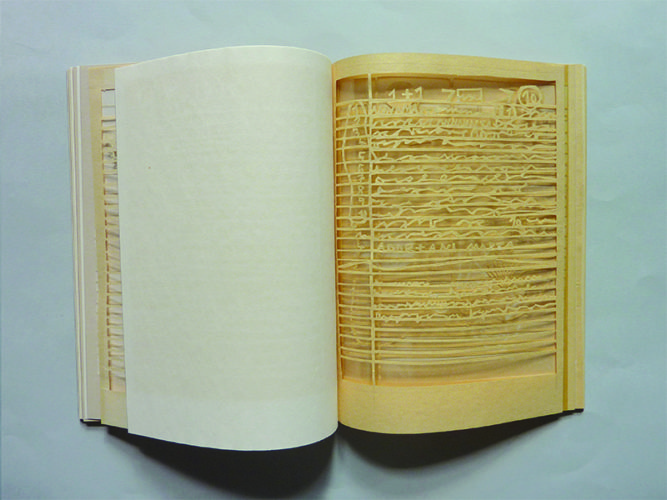
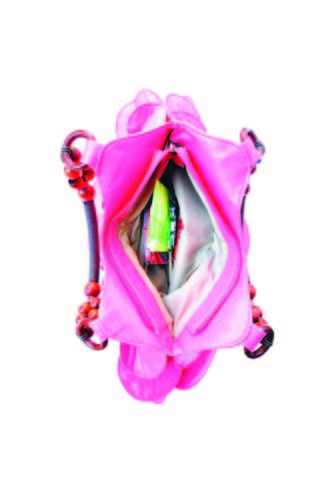
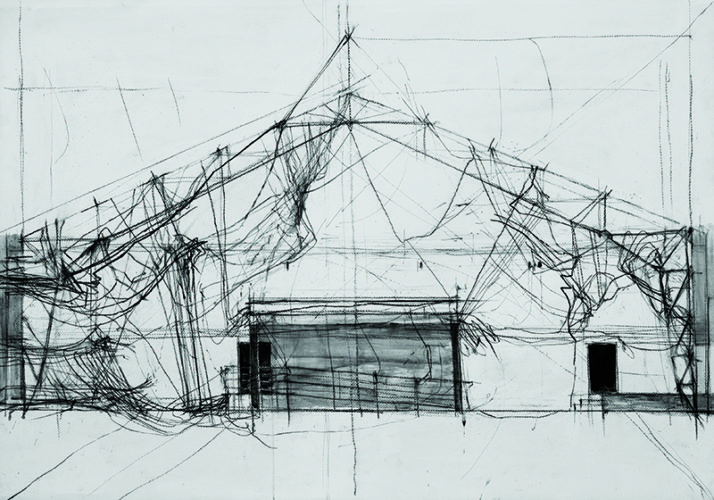
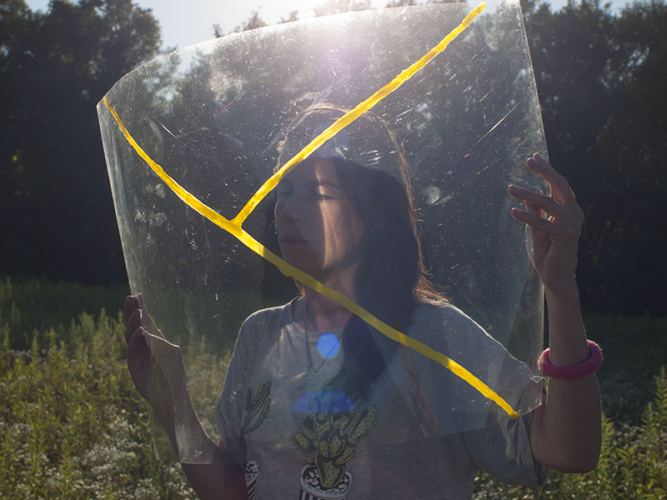
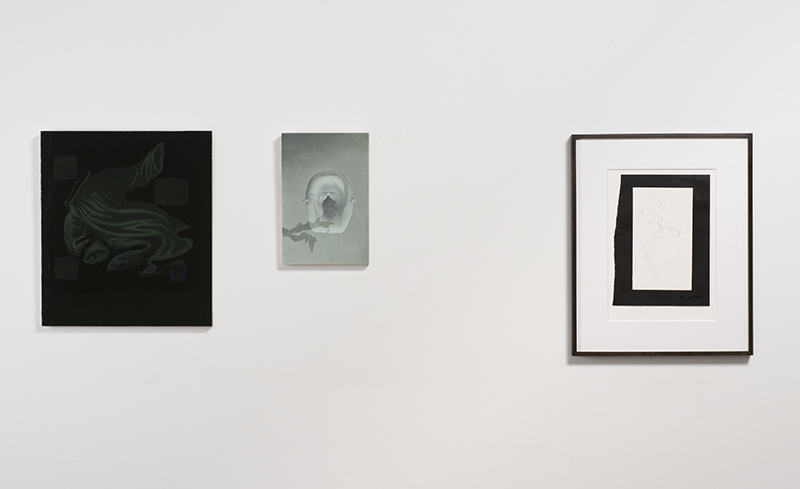
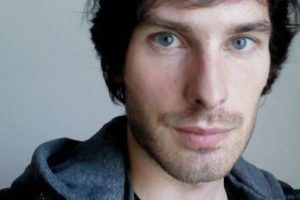
Comments are closed here.